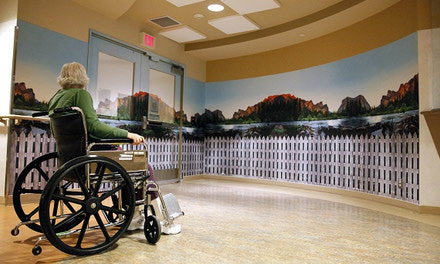New Equipment Enhances Diagnostic Imaging Services
New equipment and software that assesses swallowing ability has brought clarity to Grey Nuns Community Hospital’s diagnostic imaging department.
“Our previous technology was so poor that it was difficult to distinguish the tongue movement from the barium-contrasted product that patients swallow for assessment,” says Kelly Stark, Program Manager, Rehabilitation Medicine, IV Clinic & The Centre for Diabetes Care. “This new equipment provides synchronized audio recording and much higher resolution imaging, which creates more accurate analysis of findings. The software stores the data, allows for remote analysis, and interfaces with other systems.”
The new dysphagia DI equipment, called the TIMS 2000 SP, is used for every adult patient requiring swallowing assessment, including stroke, emergency, medicine, critical care and geriatric patients. It accurately assesses current swallowing status and identifies aspiration risks. The unit has been in use for several months. The day after it arrived at Grey Nuns, diagnostic imaging and speech language clinicians, who operate and analyze its data, received their training so it could be put to immediate use.
“Our previous system was at the end of its life, as it had been in place since the Grey Nuns site opened,” says Stark. “This imaging is much clearer compared to that previous technology. As far as we know, we’re the second site in Alberta to be outfitted with this TIMS unit.”
Grey Nuns Community Hospital recently achieved its Stroke Distinction accreditation, meaning it has demonstrated clinical excellence and a commitment to leadership in stroke care. The $25,000 commitment to purchase equipment through Covenant Foundation plays a large role in contributing to this distinction.
“Swallowing assessment with fluoroscopy imaging is a key component to many medical conditions with elderly patients, particularly stroke patients,” says Stark. “This equipment helps to manage their diagnosis, inform diet restrictions, and even prevent secondary complications.”





